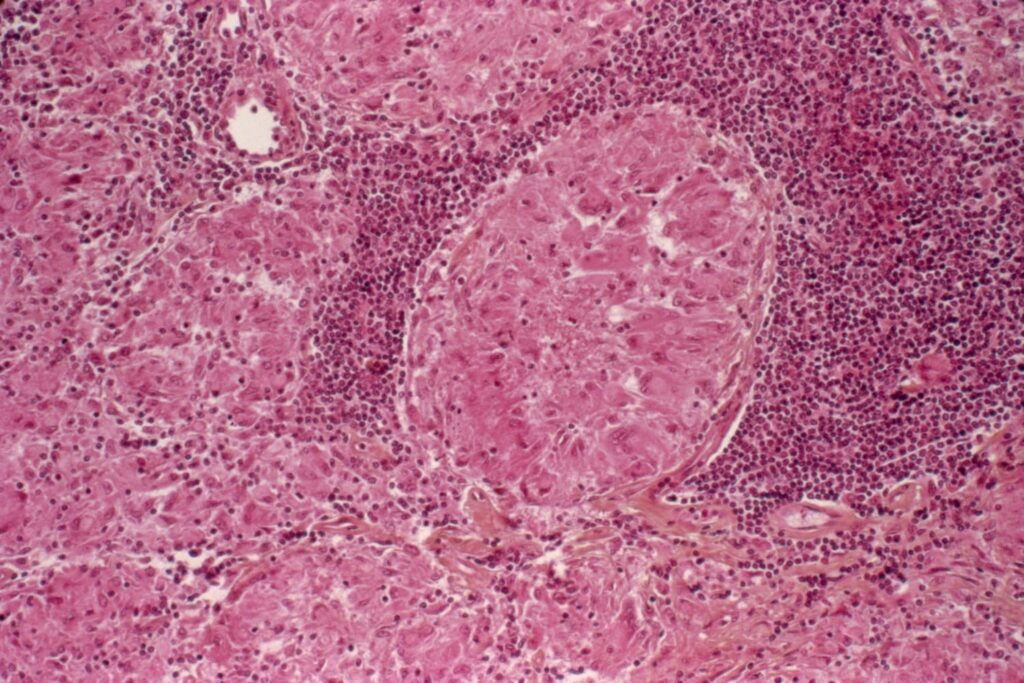California's Long Beach City Council authorized a public health emergency In response to localized outbreaks of tuberculosis.
City health officer Dr. Anissa Davis declared a state of emergency last week after the city health department discovered 14 tuberculosis cases in a single-room hotel. Tuesday night's City Council vote was final approval of the declaration.
According to the health department, nine tuberculosis patients were hospitalized and one died. As of Monday, the outbreak had exposed about 175 people to tuberculosis.
“People at risk from this outbreak have significant barriers to care, including homelessness and housing instability, mental illness, substance use, and serious comorbidities,” the department said in a news release last week. ” he said.
The ministry added that it is testing those who have been exposed. No new cases have been reported since last week.
The outbreak was reported amid a nationwide increase in the number of tuberculosis cases, which have been on the rise since 2020 after 27 years of decline. The United States recorded 9,615 active cases last year, an increase of 16% from the previous year.
The Long Beach Health Department says the state of emergency should free up resources for tuberculosis testing and treatment.
“The Department of Health is largely funded by grants, so we need to be able to put our internal resources where they're needed most right now,” said Jennifer Rice Epstein, a Department of Health spokeswoman. ” he said.
The Long Beach Health Department said it is isolating and treating infected patients and providing them with temporary housing, food and transportation as needed.
People experiencing homelessness are at increased risk of tuberculosis for several reasons, including using substances that can weaken the immune system and living in crowded environments where tuberculosis is more likely to spread. Underlying health issues such as diabetes, cancer, and HIV also make it difficult to fight TB infection.
“Living in poverty, not being able to get enough nutrition, not having access to sunlight or fresh air, all of which make it easier for TB to spread and take advantage of vulnerable people. '' said Dr. Luke Davis. , associate professor of epidemiology and medicine at the Yale School of Public Health.
Davis said it's unclear whether tuberculosis is actually becoming more common or whether tuberculosis diagnoses are increasing.
“Are we diagnosing more people? Yes, we are. Does that mean we're getting more tuberculosis? That's a little difficult to answer,” he said.
But other doctors who treat tuberculosis patients say that while the number of people infected with tuberculosis is rising, it is most likely due to decreased access to health care, which may delay diagnosis and reduce the number of infections. He said that this was due to the fact that the disease was not detected.
“We've done millions of tests for COVID-19, but fewer tests for tuberculosis,” said Richard Chaisson, director of the Johns Hopkins Center for Tuberculosis Research. “He had tuberculosis, but it wasn't diagnosed, which means he had tuberculosis,” he said. I continued to tell others about it. ”
Symptoms of tuberculosis usually appear within two years after infection, so people diagnosed now could theoretically have been infected during the pandemic, he said.
Additionally, many public health departments are stretched thin in terms of funding and staffing, Chaisson added.
“If we don't step up public health interventions, we're going in the wrong direction,” he said.
The U.S. Preventive Services Task Force recommends that primary care physicians test people at high risk for tuberculosis, including those in homeless shelters and correctional facilities and those who previously lived in countries with high rates of tuberculosis. doing.
But that's not always the case, says Dr. Priya Shete, associate professor of medicine and epidemiology at the University of California, San Francisco.
“It is probably not unexpected that we will see an increase in cases over time, this year, last year, and in the coming years,” Shete said, adding, “Unless we do something drastic to turn the tide. This situation will continue,” he added.
The bacteria that causes tuberculosis can spread through the air when a person with an active infection coughs, sneezes, or speaks. Because the lungs are often targeted, many people develop a severe cough that lasts for three weeks or more, experience chest pain, and cough up blood and phlegm.
Most active cases are not related to outbreaks, but rather develop from latent infections that are not screened, diagnosed, or treated. Up to 13 million people in the United States have latent tuberculosis. This means that the bacteria are present in your body without making you sick. Approximately 5% to 10% of these potential cases will develop into active disease if left untreated.
Treatment of active tuberculosis usually requires taking antibiotics for at least six months, but some courses can last more than a year.


